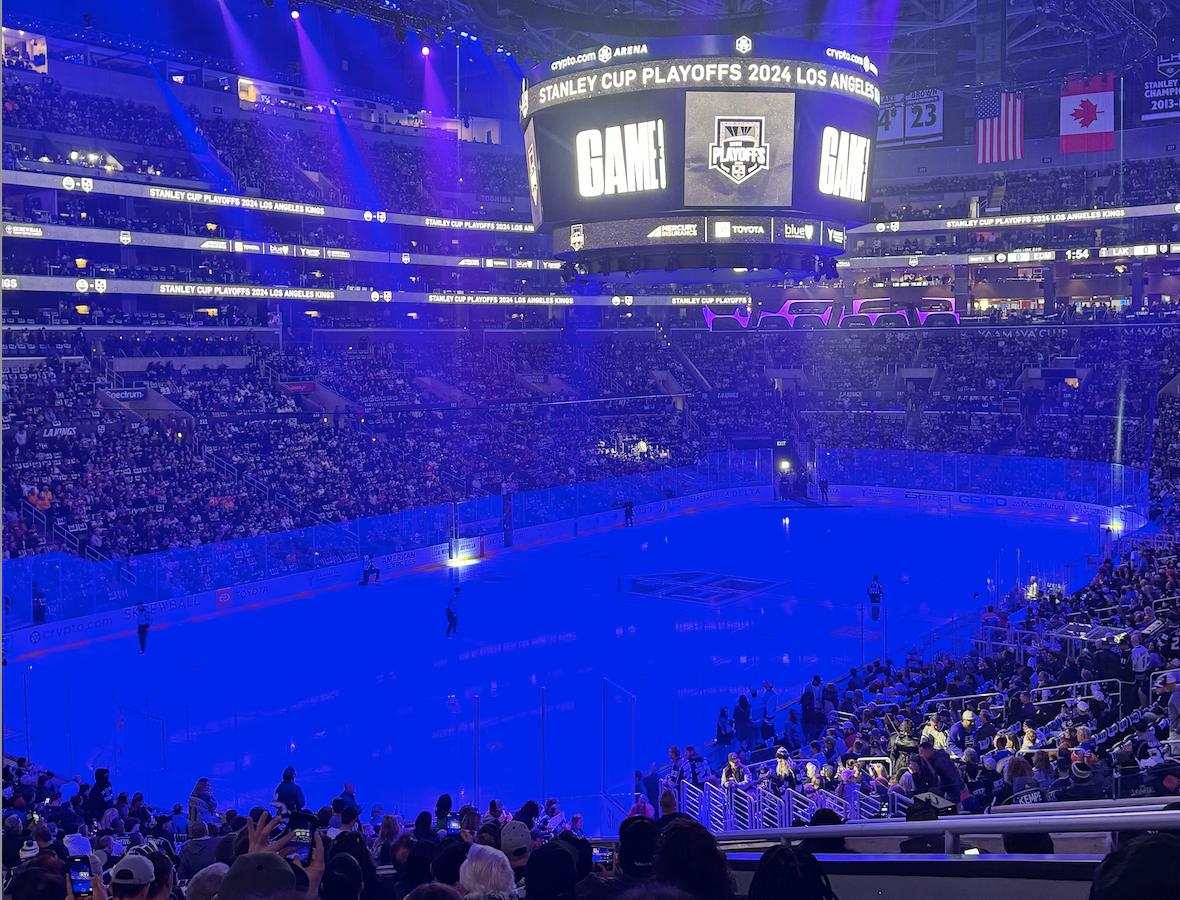Year in Review: The Oilers have leaned heavily on Cam Talbot and he finally cracked
By Cam Lewis
5 years agoThis is one part of a player-by-player Year in Review series we’ll be doing over the next couple months as we look back on the 2017-18 Edmonton Oilers season.
2017-18 Edmonton Oilers No.33: Cam Talbot
GP: 67 GP, 31-31-3 GAA: 3.02, SV%: .908
The reality of hockey is that goaltending can make all the difference. A really good goaltender can make a bad team look a lot better than it actually is, while a really bad goaltender can completely sewer an otherwise good team.
Over the past two seasons, we’ve seen both ends of the spectrum with Cam Talbot. In 2016-17, he played a key role in Edmonton’s success with a Vezina-calibre season. Then, in 2017-18, he played a role in Edmonton’s collapse with a below-average showing. Talbot posted a .908 save percentage in 2017-18, significantly below the .919 save percentage he put up in 2016-17 when he finished fourth in Vezina Trophy and 17th in Hart Trophy voting.
I certainly wouldn’t blame Edmonton’s poor season on Talbot. There were a lot of things wrong with the team last seasons, like a less-than-stellar blueline, terrible special teams, and an inability to generate offence without Connor McDavid on the ice. The situation presented to Talbot was one with little room for error. He had to be ridiculously good to help compensate for the team. And, well, to be blunt, he wasn’t. But was he bad? I’m not so sure.
What should we make of Talbot’s year? I think taking a deeper dive into his performance in 2017-18 tells more about the Oilers as a whole than it does about him.
In 2017-18, the Oilers were one of the league’s worst teams, according to Natural Stat Trick, at allowing high danger chances against at even strength. They allowed the fourth-most high danger chances at 816 and only the Capitals, Islanders, and Rangers allowed more than they did. What about last year? Interestingly enough, the Oilers allowed the fifth-most high danger chances against in 2016-17 at 737. Only the Canucks, Islanders, Rangers, and Coyotes allowed more.
So, was it really Talbot’s fault for Edmonton’s inability to keep the puck out of the net last year? In both 2016-17 and 2017-18, the Oilers allowed a lot of high danger chances against at even strength. Interestingly enough, Talbot posted similar save percentages when facing high danger shots in each of the past two seasons. In 2016-17, he stopped 88.46% of high danger chances, then, in 2017-18, he stopped 87.75% of them. That ranks 12th in the league in both seasons. Beyond that, Talbot’s save percentage at even strength save percentage last season was 91.69%, which isn’t even that much worse than his 92.9% save percentage the previous year.
Where things really start to come unglued is Edmonton’s penalty kill. The penalty kill was historically-bad until about mid-February when Paul Coffey rolled in to help work on the special teams. It helped a bit and Edmonton ended up with the 25th best penalty kill in the league, operating at a paltry 76.73%. Talbot had a .848 save percentage on the PK, much worse than the .874 SV% he had on the PK last season. Can you fault Talbot for poor results on the PK?

Nov 26, 2017; Boston, MA, USA; Edmonton Oilers goalie Cam Talbot (33) during the first period against the Boston Bruins at TD Garden. Mandatory Credit: Bob DeChiara-USA TODAY Sports
What does all this mean for the Oilers? I think it goes to show just how heavily the Oilers have leaned on Talbot the past couple years. In 2016-17, he made the team look a little better than it actually was, then, in 2017-18, he wasn’t able to do it again and the wheels fell off. After a playing in a franchise-record 73 games plus 13 playoff games, it was reasonable to expect Talbot to crack a little bit. I don’t think that’s an indication that he isn’t a very good NHL goalie, though.
A narrative that surfaced around Talbot after his poor showing last year was that he is, in fact, just a random overachiever falling back down to earth. This is obviously the lazy conclusion to come to because Talbot is a late-bloomer, undrafted goalie who came out of nowhere and we’ve seen similar guys like Andrew Hammond fizzle out quickly in the past.
But Talbot has a much, much more extensive track record than many give him credit for. Beyond his 2016-17 season, Talbot has been a very good goalie at the NHL level. In his first 113 NHL games over three seasons with New York and Edmonton, Talbot posted a .924 save percentage, even better than the .919 save percentage he posted in his career-year with the Oilers in 2016-17. If you take away last season, Talbot has a .922 save percentage over 186 games.
Goalies are obviously enigmatic and difficult to predict, but it’s reasonable to assume that Talbot is the goalie from the larger vastly positive 186-game sample size rather than the goalie from the most recent 67-game sample size.
Recent articles from Cam Lewis





